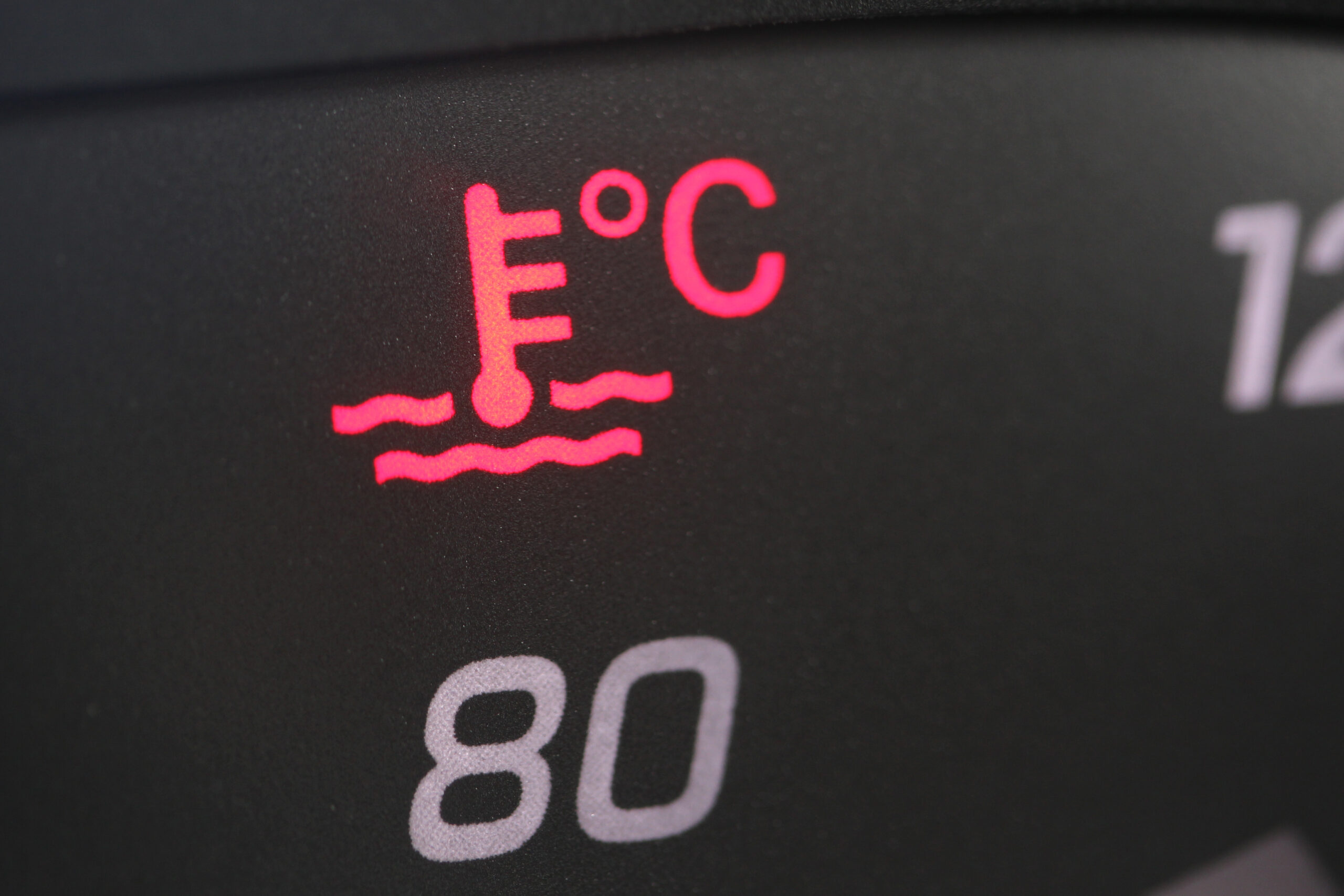It is a puzzling experience when you see your low coolant light on but it’s full! There are a few reasons why this might be the case, including faulty sensors or thermostats and even leaks that are still so minor the coolant level still looks like it is full.
Low Coolant Light
The low coolant light will normally appear when you first start your car; depending on your make and model, you might have a different symbol for coolant. Check your owner’s manual or search online if you are unsure what yours looks like.
If the coolant light stays on, even for a couple minutes, then turns off, there is nothing to worry about as this is a normal function of your car. Sometimes the light will stay on the dashboard until a certain operating temperature is reached, letting you know exactly when that temperature is hit so you can drive your vehicle more gently while it is technically still warming up.
If, on the other hand, the low coolant light stays on, or suddenly appears during driving, this is a cause for concern and you should safely stop and turn off the vehicle as soon as possible.
Once you do so, you might discover that rather than steam billowing from under your hood and a low coolant level, the tank appears to be full (for information on where your coolant is, check your owner’s manual as the exact location will vary by make and model). There are several reasons this might be the case.
Bad Sensor
Your coolant temperature is monitored by a sensor. If this sensor is malfunctioning, the low coolant light might pop up on your dashboard. However, upon inspection, you will find the coolant level is normal.
This means your engine is not at immediate risk of overheating and possible severe damage, but this is not something that can just be ignored, either.
If the sensor is failing or defective, you will be unable to get proper readings of the coolant’s temperature. This means that not only will the light come on as a false alarm, but it also might fail to warn you when your coolant is actually low. If this happens, and you continue driving, it is likely you will damage your vehicle, perhaps even catastrophically if you drive for long periods of time on low coolant and the engine overheats.
Bad Connections
The sensor relies on connections in order to send and receive information. Sometimes, connectors get damaged. They can become corroded and worn out over time, as well.
It is important when diagnosing the low coolant light problem to try to determine whether it is the connection or the sensor itself that is bad to avoid replacing the wrong part(s) and spending unnecessary money. Of course, if you bring your vehicle to a reputable service center to have it repaired, an experienced technician should check on this for you.
There is nothing wrong with mentioning this, however, to make sure the technician or mechanic looks at both the sensor and its connections.
Bad Thermostat
The thermostat is not another temperature sensor like the coolant temperature sensor, but an actual mechanism that opens and closes. This allows coolant to flow freely or be contained, depending on the operating conditions at the moment. The thermostat is, in other words, a crucial part of the cooling system’s functionality and if it fails, you are likely to experience problems.
The thermostat can prevent coolant from flowing as it should, either by letting it continue to flow when it ought not, or by constraining it when it needs to be circulating. If this happens, a low coolant light will come on and it is possible that while you have not lost any coolant, your engine might overheat if the flow is restricted.
This is a more severe issue than the sensor being bad, only because it impacts the actual flow of coolant, which can in turn lead to overheating and serious engine damage.
Leaks
Sometimes you might have a crack in your system and coolant is escaping, but at such a slow rate that when you initially check under the hood, the level will look normal.
Over time, of course, this will become known as you lose more and more fluid. However, do not rule out the possibility of a leak just because the coolant level looks to be within normal levels when you check. It is possible you have a very minor leak, but over time said minor leak will end up impacting your vehicle negatively and cause damage.
In Sum
While you cannot say for sure you do not have a coolant leak if your levels are normal and no visible leak is spotted, it is also possible other components are to blame when the low coolant level icon illuminates on your dashboard.
The coolant sensor monitors the temperature of the coolant itself, and uses this to gauge levels. If it detects that temperatures are too high, a low coolant light is going to be displayed. However, the sensor, or the connections for said sensor, can make errors. If it is malfunctioning, it might read that the temperature is higher than it actual is and warn the driver of low coolant despite the coolant levels being normal.
The thermostat can also be to blame, as it controls a valve to either allow coolant to flow or restrict it. If the valve closes when it should be open, coolant will be unable to travel where it needs to and your engine might actually overheat. This can cause very serious damage that will be costly to repair.
It can be difficult to know exactly where the problem lies when dealing with the low coolant light being on despite levels being visibly normal. Take your vehicle to a trusted service center if you prefer not to self-diagnose to avoid possible damage to your vehicle that will only end up being more expensive if left unchecked.
